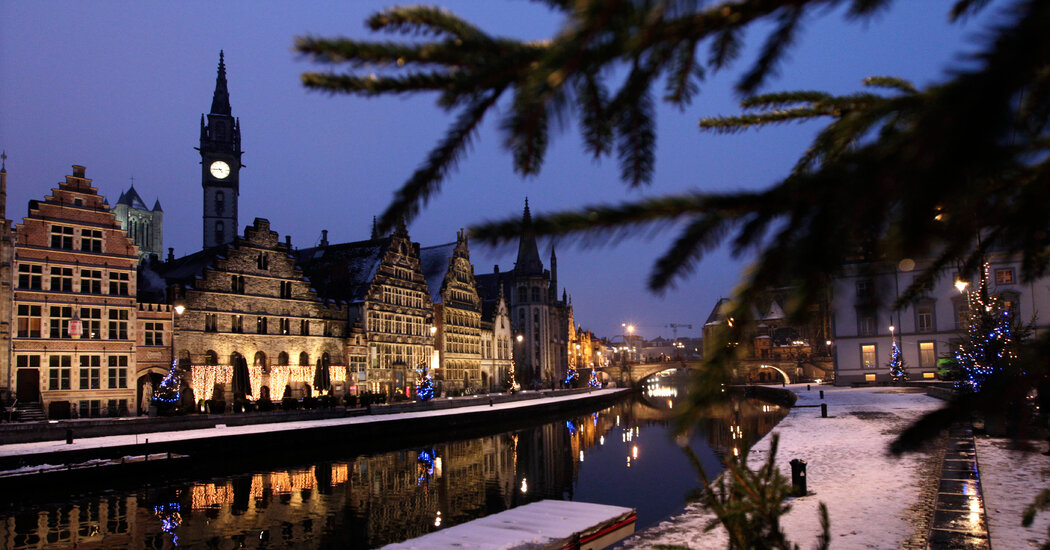Go ahead and recycle your Christmas tree. But please, the Belgian authorities say, don’t try to eat it. The country’s federal food agency delivered that unusual warning this week after a suggestion from the climate-friendly city of Ghent. If you’re trying to cut down on holiday food waste, the city recently said on an environment page of its website, why not make a “delicious spruce needle butter” with the leftover needles from your holiday tree?
It’s a breeze, the city’s post read. That way your Christmas tree is not 100 percent waste. The city acknowledged that there could be health dangers in the bristly boughs. Yew, an evergreen, can be poisonous. Trees treated with pesticides and fire retardants are also hazardous, it said.
Ghent credited Scandinavian cooks with the idea of picking the needles, boiling and drying them, and then turning them into flavored butter. “In Scandinavia,” the city wrote, “they have been doing it for a long time.” That turned out to be not quite true — Scandinavian food historians said it was far from a widespread tradition. And Belgium’s food agency quickly urged the public against such a gastronomic experiment.
A consumer may not know if their tree had flame retardants, she said. Pesticides are a threat, with Christmas trees “often treated intensively.” A misidentification could be deadly, as eating yew “can have serious, even fatal, consequences,” Ms. Bonte said.
And even if parts of evergreens are sometimes used in cooking, she said, not all are edible: “There is a difference between using needles from pristine nature and needles from trees specifically grown for Christmas and to be decorated at home.”
Source link




